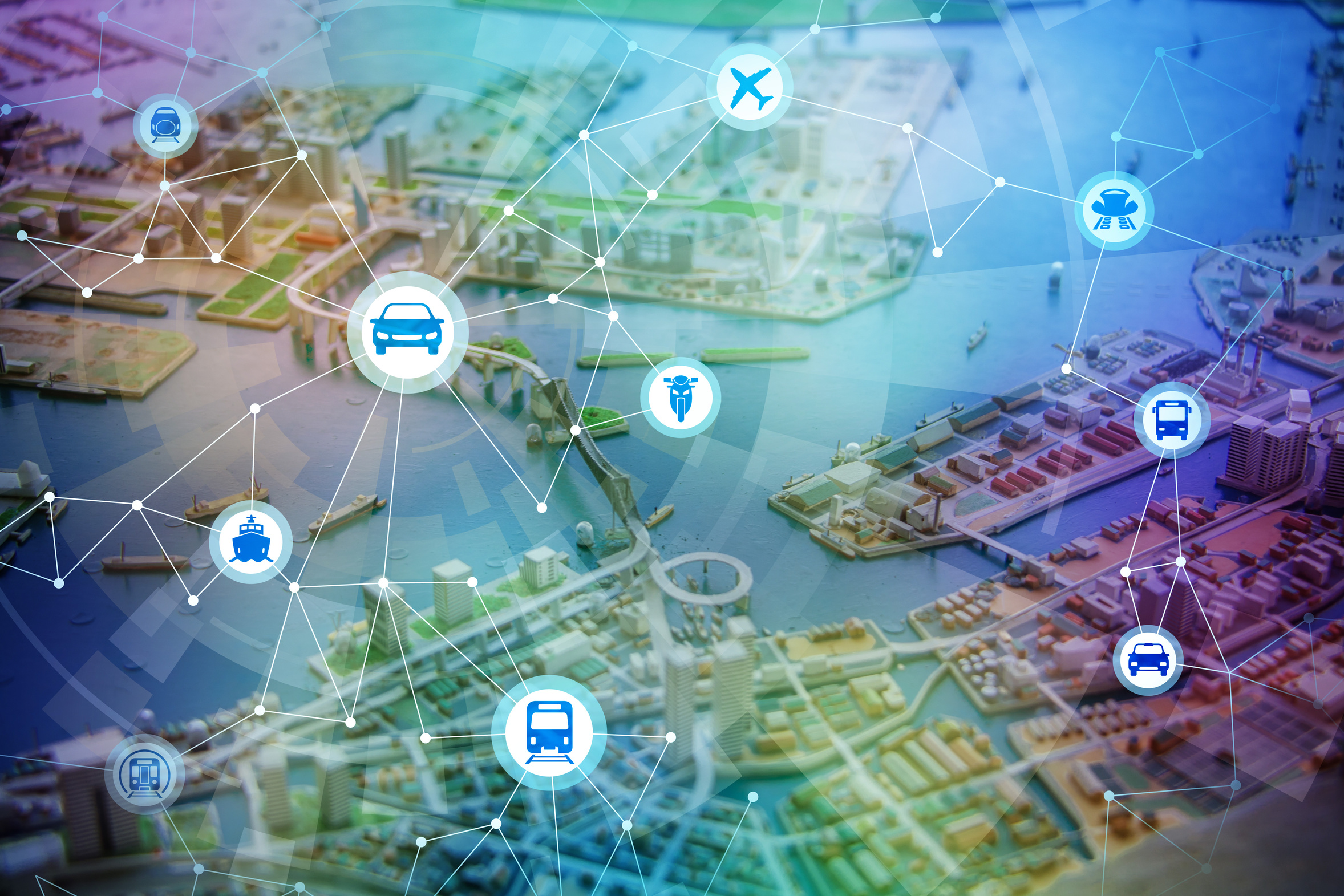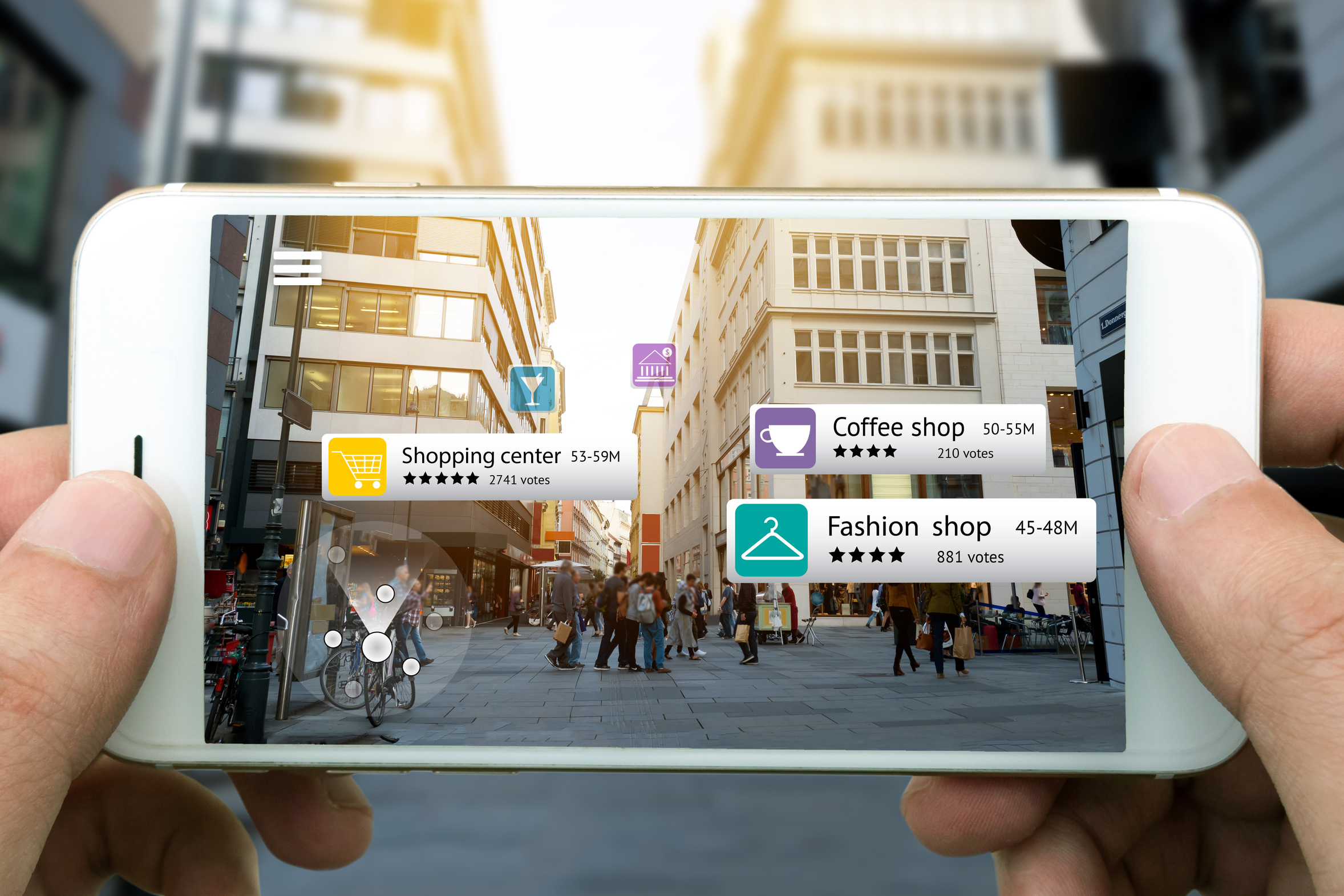Decisions about how to design mobility in the future have long-lasting consequences. Just like the car-friendly city in the 1960s to 1980s, »green« development will have a huge impact on what our cities look like in the next decades. Some investments in transport infrastructure today will still be around in 100 years time. This is why decisions need a solid and structured basis.
The partners in the Fraunhofer Transport Alliance use methods like visioning, forecasting and roadmapping to develop and improve flexible ways of forecasting the future that can be used for many applications:
- Visioning refers to a series of methods for generating consistent visions of the future. These are particularly useful to illustrate the goal of political or entrepreneurial actions to all those involved.
- Forecasting starts in the present and creates scenarios of future developments using technological, organizational or political options for actions. These can be formed and analyzed qualitatively using scenario techniques or quantitatively using simulation models.
- Roadmapping combines the present with a vision of the future by setting up and linking driving forces with barriers, development steps and measures. This methodology derives from business practice and forms a continuous process of target control and correction.
All the methods of futures research can be combined with methods of traffic modelling, technology assessment or market research and can be used for business as well as economic issues.
Project examples:
LowCarb-RFC – climate-neutral goods transport in Europe (project page, Fraunhofer ISI, GER) – strategic climate research in the field of highly polluted freight corridors in Europe on behalf of the Stiftung Mercator in Essen.
Mobilitäts- und Kraftstoffstrategie II (MKS II) (Fraunhofer ISI / IML, GER) – on behalf of the BMVI, the Fraunhofer-Gesellschaft is cooperating with scientific and consulting partners to provide the accompanying research for the Mobility and Fuels Strategy. Alongside individual studies of selected issues, an overall strategy is developed on the use of alternative energies and new forms of mobility with a long-term perspective.
LivingRAIL (project page, Fraunhofer ISI) - system analysis, vision and roadmaps for strategic railway planning in the European Union until 2050 (2012-2015).
 Fraunhofer-Allianz Verkehr
Fraunhofer-Allianz Verkehr


